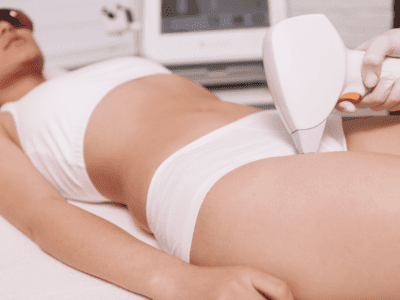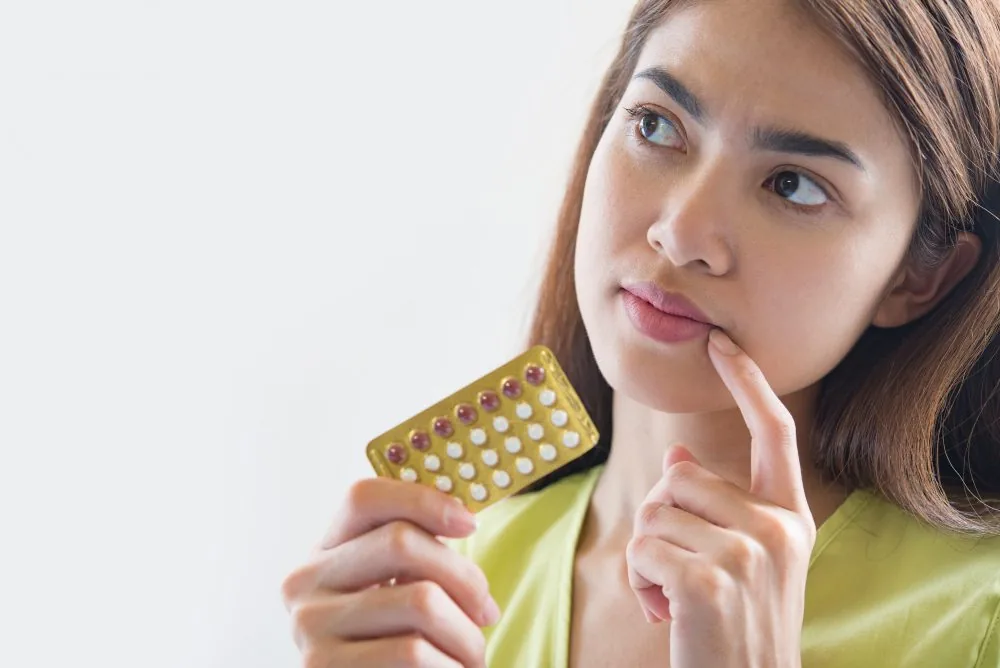What is Urinary Incontinence?
Urinary incontinence is a condition that causes uncontrolled leakage of urine. This can lead to social and psychological problems. There are different types of incontinence and each type has its own causes and symptoms. It can occur at any age, although it is more common in older people.
Definition of urinary incontinence
Urinary incontinence is defined as involuntary leakage of urine. This can be due to weakness of the pelvic muscles, nerve damage or certain medical conditions.
Types of urinary incontinence
Urinary incontinence can be of different types: stress, emergency, overactive bladder and functional. Each type has different causes and symptoms.
Causes of Urinary Incontinence
There are many causes of urinary incontinence. These causes can vary depending on age, gender, medical conditions and lifestyle factors.
Physiological causes
Physiological causes such as hormonal changes, pelvic muscle weakness and bladder infections can lead to urinary incontinence.
Neurological causes
Nerve damage or certain neurological diseases can cause urinary incontinence. People with diabetes or Parkinson's disease are particularly at increased risk.
Age-related causes
As you get older, the risk of urinary incontinence increases. This risk is higher in postmenopausal women and men with prostate problems.
Other medical conditions
Some medical conditions, especially urinary tract infections and side effects of certain medications, can cause urinary incontinence.
Symptoms of Urinary Incontinence
Urinary incontinence belirtileri, kaçırma türüne göre değişebilir. Ancak genel belirtiler arasında sık idrara çıkma, ani idrar sıkışıklığı ve gece idrar kaçırma bulunmaktadır.
Frequent urination
Some people may urinate more than several times a day. This may be a sign of an overactive bladder.
Sudden urinary urgency
Sudden urinary urgency is the sudden need to go to the toilet. This can be a symptom of emergency urinary incontinence.
Nocturnal enuresis
Some people may have to urinate several times during the night. This can be a symptom of nocturnal enuresis.
Risk Factors
The risk of urinary incontinence may increase depending on factors such as age, gender, pregnancy, childbirth and chronic diseases.
Age
As we get older, the risk of urinary incontinence increases. This is because the pelvic muscles weaken and nerve function decreases.
Gender
Women are at risk of urinary incontinence due to childbirth, menopause and pelvic organ prolapse.
Pregnancy and childbirth
During pregnancy and after childbirth, the pelvic muscles can weaken. This can increase the risk of urinary incontinence.
Chronic diseases
Chronic diseases such as diabetes, Parkinson's disease and multiple sclerosis can increase the risk of urinary incontinence.
Diagnostic Methods
To diagnose urinary incontinence, your doctor may perform various tests, such as physical examinations, urine tests and imaging methods.
Physical examination
The doctor can check your pelvic area and nerve function.
Urine tests
Urine tests are done to detect urinary tract infections or other problems.
Imaging methods
Imaging tests such as ultrasound, CT scan or MRI can be used to determine the cause of urinary incontinence.
Treatment Options
Treatment for urinary incontinence can vary depending on the type and severity of incontinence. You can choose from medication, physiotherapy, surgery and alternative treatments.
Medication
Some medicines can relieve the symptoms of urinary incontinence.
Physical therapy
Pelvic floor exercises can be used to prevent urinary incontinence.
Surgical methods
Op. Dr. Tuba Nadide Yılmaz is an expert in laser and surgical treatment. These methods can permanently solve the problem of urinary incontinence.
Alternative treatments
Alternative therapies such as biofeedback and acupuncture can be helpful for some people.
Preventive Recommendations
To prevent urinary incontinence, you can do pelvic floor exercises, pay attention to proper fluid intake and review your eating habits.
Pelvic floor exercises
These exercises strengthen the pelvic muscles and prevent urinary incontinence.
Correct fluid intake
Excessive fluid consumption can increase the risk of urinary incontinence. Therefore, you should keep your fluid intake in balance.
Dietary habits
Some foods and drinks can trigger urinary incontinence. Therefore, you should review your eating habits.
Urinary Incontinence and Psychology
Urinary incontinence can negatively affect an individual's psychological state. Therefore, it is important to join support groups or seek counseling services to deal with this problem.
Psychological effects
Incontinence can reduce self-esteem and cause social isolation.
Support groups and counseling
Support groups can help people with urinary incontinence. Counseling services can offer strategies for dealing with this problem.
Summary
Urinary incontinence is a common problem for many people. However, with the right diagnosis and treatment, this problem can be controlled.
Frequently Asked Questions
You can find the most frequently asked questions and answers about urinary incontinence in this section.
Does urinary incontinence occur at any age?
Yes, urinary incontinence can occur at any age, but it is more common in older people.
Which doctor should I consult for treatment of urinary incontinence?
You can consult a urologist or gynecologist. Especially Op. Dr. Tuba Nadide Yilmaz is an expert in laser and surgical treatment.
How long does treatment for urinary incontinence last?
The duration of treatment may vary depending on the type and severity of incontinence.
Are there side effects of incontinence treatment?
Every treatment method has potential side effects. Therefore, you should discuss your treatment options with your doctor.












